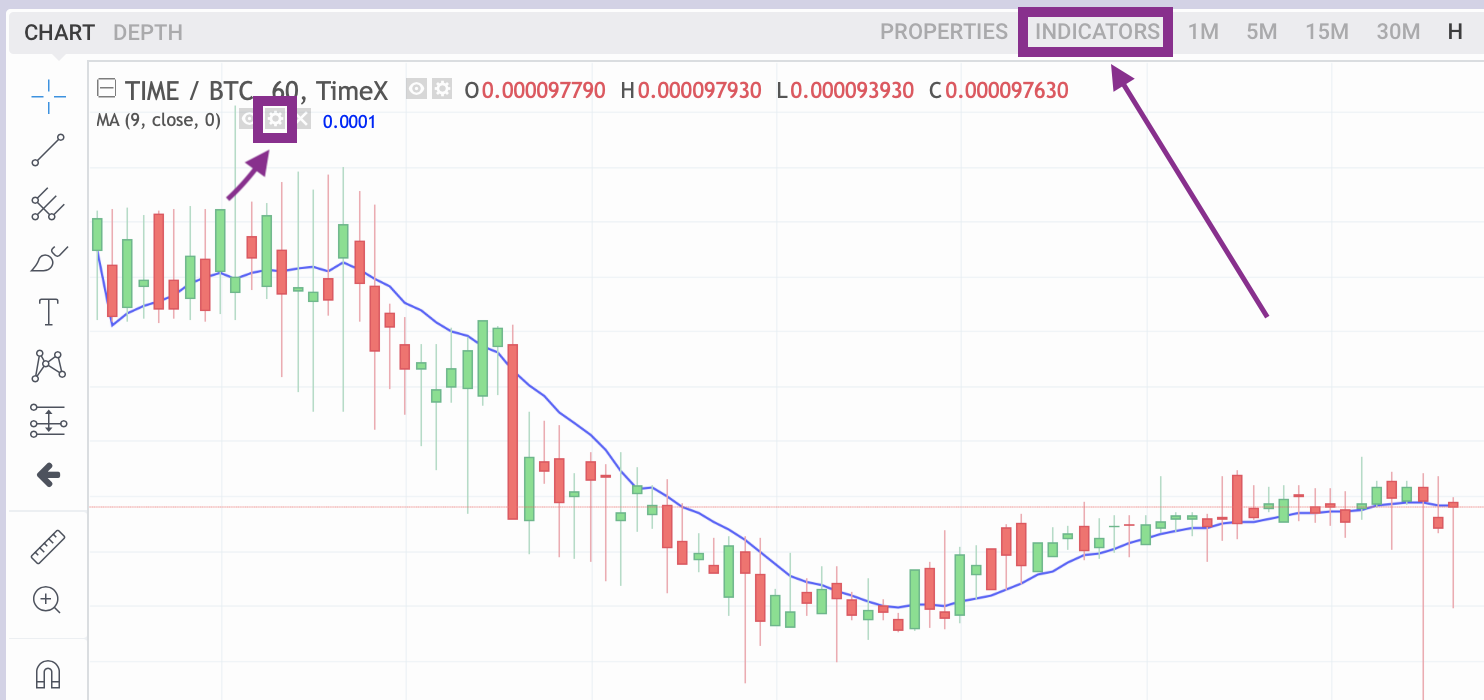Trading Indicator Highlight: Bollinger Bands
Bollinger Bands are a trading indicator created by a moving average as a baseline, with two bands above and below the MA line. Each band is defined as two standard deviations from the MA. Standard deviation is a measure of variance within a dataset, meaning that by definition the majority of price action occurs within the bands, oscillating around the central MA line.
As the price changes, the shape of the bands evolves. Price action within and outside of these bands, and the shape of the bands themselves, can provide signals for traders as to the likely direction of the market.
Using Bollinger Bands in trading
Bollinger Bands provide indicators for how overbought/oversold the market is, and therefore zones where risk/return is particularly favourable.
Because the majority of price action (around 90%) occurs within the bands, the closer the price gets to one or other band, the more overbought/oversold it might be considered. However, if the price breaks out of the bands, this does not indicate a useful signal in the way that, for example, a breakout from an ascending triangle might.
The Bollinger Squeeze is an important concept. This is where the bands contract, indicating reduced volatility in recent times, and potentially signalling increasing volatility and new trading opportunities in the coming candles. Conversely, the wider apart the bands are, the greater that volatility might be considered ‘normal’.
Bollinger Bands and other indicators
Bollinger Bands measure volatility. They should be used in conjunction with other indicators, since they do not give indications of whether price will break up or down.
Unrelated indicators, such as RSI and MACD, can provide helpful context for coming price movements.
Calculating Bollinger Bands (e.g on a spreadsheet)
Bollinger Bands were created by trader John Bollinger, a technical trader who has applied his insights to many different markets, including bitcoin and crypto.
The baseline moving average is typically a 20-period simple moving average, though can be something different.
Standard Deviation (SD) is calculated by taking the square root of the variance of a dataset. The variance is calculated as the average of the squares of the deviations from the mean.
Therefore, each data point is subtracted from the mean, and the result is squared; the variance is the mean of the resulting values. SD is the square root of that number.
A simpler/condensed calculation is provided by the formula:
SD2 = (Σxi2) / N – (x̄)2
This is the sum of i individual variables of x in the dataset, divided by the number of variables N; minus the square of the mean of the variables, x̄. This is typically summarised as “the mean of the squares, minus the square of the means”.
The upper Bollinger Band is defined by adding two standard deviations to the MA; the lower band by subtracting two SDs.
How to add the Bollinger Bands to a Chart
Open your desired market on TimeX.io exchange, i.e the TIME/BTC market, locate the price chart window, and click Indicators.

Then search for and choose Bollinger Bands.
You should now see the Bollinger Bands Indicator on the chart. Now you can edit its inputs and style by clicking on the gear-symbol next to the indicator list, shown beneath the TIME/BTC market symbol on the left of the chart.
